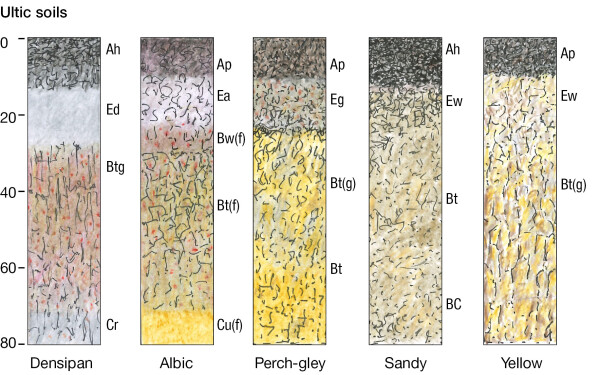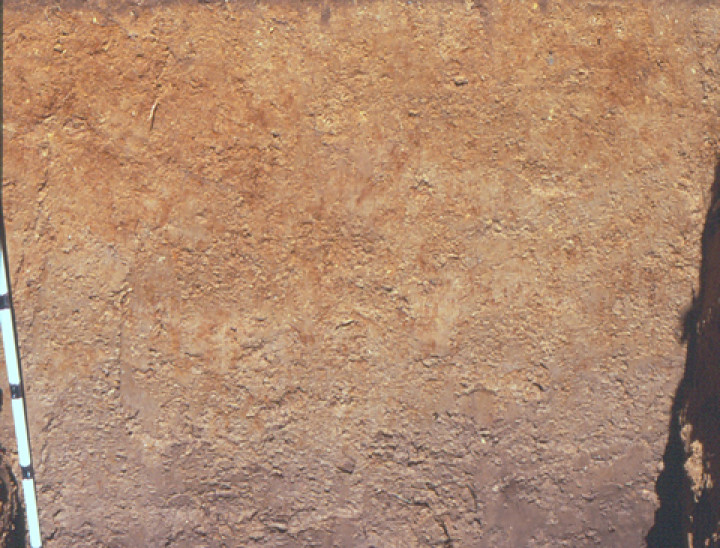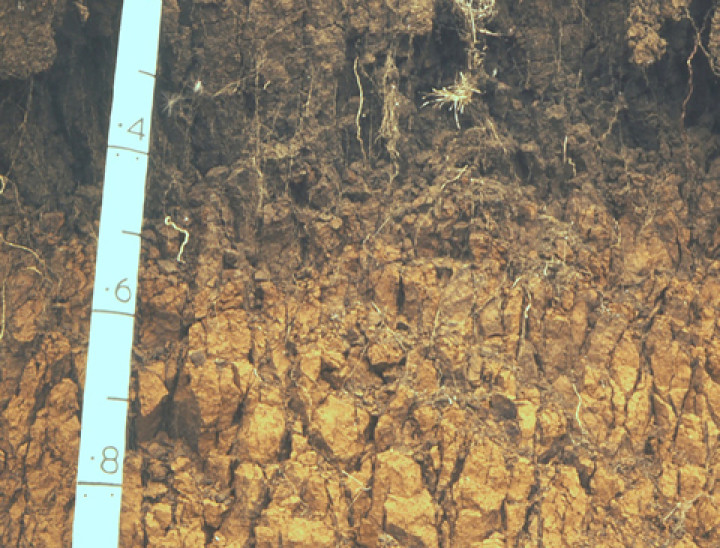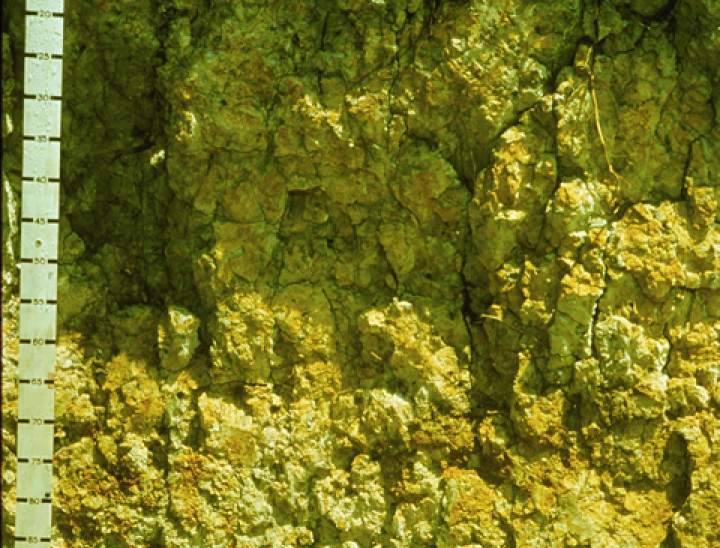Ultic Soils [U]
- Home
- » Topics
- » Soil classification
- » NZSC
- » Soil orders
- » Ultic Soils [U]
Probably the first New Zealand soil to be cultivated by steel implements, by men under the command of Marion de Fresne in 1771 in the Bay of Islands
Ultic Soils are strongly weathered soils that have a well-structured, clay enriched subsoil horizon. An E horizon, which is relatively depleted in clay, frequently occurs immediately beneath the topsoil. The soils are acid and strongly leached, with generally low levels of calcium and other basic cations. They occur in clay or sandy clay material derived by strong alteration of quartz-rich rocks over long periods of time.
Occurrence
Ultic Soils are most common in the northern North Island, and in the Wellington, Marlborough, and Nelson regions. They cover 3% of New Zealand.
Physical properties
Clayey subsoils with slow permeability are characteristic. Soils have dispersible surface horizons susceptible to livestock treading damage, and are prone to erosion.
Chemical properties
Soils are strongly acid with low nutrient reserves. There is a small content of weatherable minerals. Kaolin and vermiculite are the dominant clay minerals.
Biological properties
Soils have a large and active population of soil organisms in topsoils.
Soil groups
Soil orders are divided into soil groups based on variation in factors such as drainage status, parent material, chemical and physical properties:
- [UD] Densipan Ultic Soils — high density, pale coloured, uncemented pan just beneath the topsoil
- [UE] Albic Ultic Soils — pale coloured horizon just beneath the topsoil
- [UP] Perch-gley Ultic Soils — periodic wetness caused by a perched water table
- [US] Sandy Ultic Soils — occur in weathered sands
- [UY] Yellow Ultic Soils — yellow or yellow-brown colours in the subsoil



